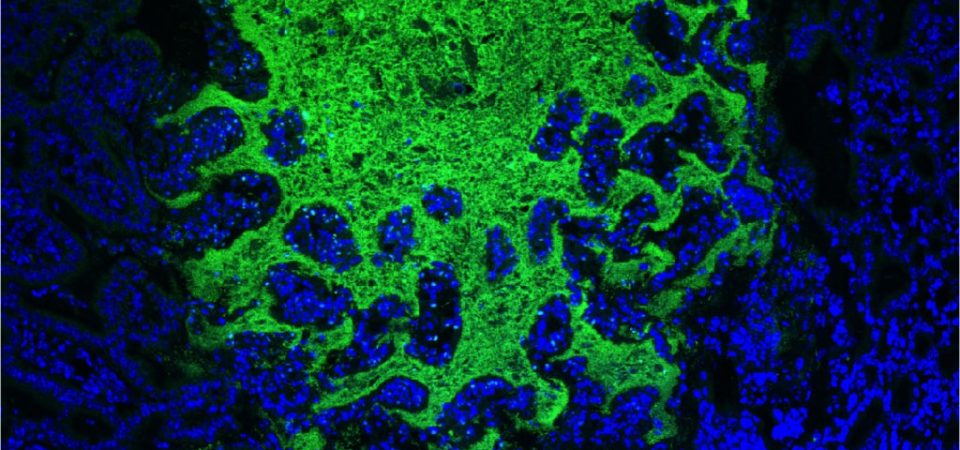Item Link: Access the Resource
File: Download
Date of Publication: October 4, 2016
Year of Publication: 2016
Publisher: American Society for Microbiology
Author(s): Yoshitomo Kikuchi, Akiyo Tada, Dmitry L. Musolin, Nobuhiro Hari, Takahiro Hosokawa, Kenji Fujisaki, Takema Fukatsue
Journal: mBio
Volume: 7(5)
With increasing appreciation for the role gut bacterium play in the development and fitness of animals, how much do we know about the affects warming world will have on gut bacterium? Yoshitomo Kikuchi et al. use the southern green stinkbug to determine how increased temperatures affect gut bacterium and insect fitness. The results point to an additional pathway through which a warming world might challenge biodiversity.
ABSTRACT: Global warming impacts diverse organisms not only directly but also indirectly via other organisms with which they interact. Recently, the possibility that elevated temperatures resulting from global warming may substantially affect biodiversity through disrupting mutualistic/parasitic associations has been highlighted. Here we report an experimental demonstration that global warming can affect a pest insect via suppression of its obligate bacterial symbiont. The southern green stinkbug Nezara viridula depends on a specific gut bacterium for its normal growth and survival. When the insects were reared inside or outside a simulated warming incubator wherein temperature was controlled at 2.5°C higher than outside, the insects reared in the incubator exhibited severe fitness defects (i.e., retarded growth, reduced size, yellowish body color, etc.) and significant reduction of symbiont population, particularly in the midsummer season, whereas the insects reared outside did not. Rearing at 30°C or 32.5°C resulted in similar defective phenotypes of the insects, whereas no adult insects emerged at 35°C. Notably, experimental symbiont suppression by an antibiotic treatment also induced similar defective phenotypes of the insects, indicating that the host’s defective phenotypes are attributable not to the heat stress itself but to the suppression of the symbiont population induced by elevated temperature. These results strongly suggest that high temperature in the midsummer season negatively affects the insects not directly but indirectly via the heat-vulnerable obligate bacterial symbiont, which highlights the practical relevance of mutualism collapse in this warming world.
IMPORTANCE: Climate change is among the biggest environmental issues in the contemporary world, and its impact on the biodiversity and ecosystem is not only of scientific interest but also of practical concern for the general public. On the basis of our laboratory data obtained under strictly controlled environmental conditions and our simulated warming data obtained in seminatural settings (elevated 2.5°C above the normal temperature), we demonstrate here that Nezara viridula, the notorious stinkbug pest, suffers serious fitness defects in the summer season under the simulated warming conditions, wherein high temperature acts on the insect not directly but indirectly via suppression of its obligate gut bacterium. Our finding highlights that heat-susceptible symbionts can be the “Achilles’ heel” of symbiont-dependent organisms under climate change conditions.
The full article is available via mBio here, and find Ian Johnston’s report for The Independent through the MAHB Library: Global warming could kill off ‘good bacteria’, exposing an ‘Achilles’ heel’ in the ecosystem
The views and opinions expressed through the MAHB Website are those of the contributing authors and do not necessarily reflect an official position of the MAHB. The MAHB aims to share a range of perspectives and welcomes the discussions that they prompt.
